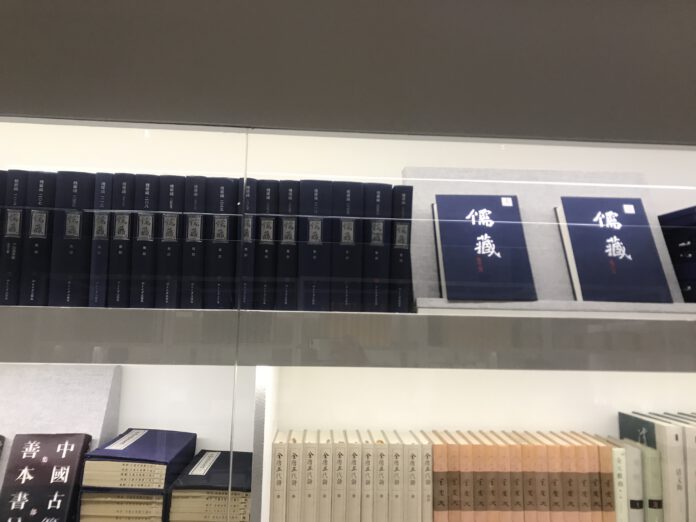
In December 2003, the Chinese Ministry of Education approved the Confucian Canon Project as a major research project in philosophy and social sciences, and organized the classics into essential editions and complete editions.
The project collects handed down documents, unearthed documents, and foreign documents into one compilation, which is the first time in the history of Chinese ancient book compilation.
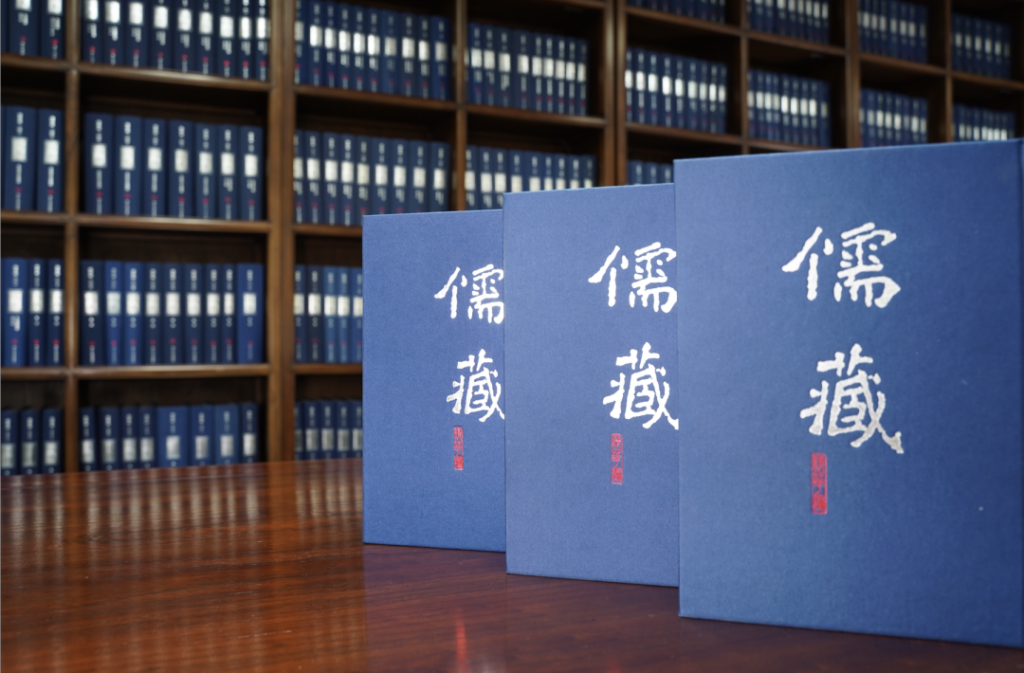
A twenty-year cultural project
The Essence collection has compiled the most influential and representative Confucian literature in Chinese history, including handed-down and unearthed literature, as well as Confucian literature written in Chinese in the history of Korea, Japan, and Vietnam into one volume. It is compiled into 340 volumes, including 282 volumes in China, 37 volumes in Korea, 18 volumes in Japan, and 2 volumes in Vietnam.
In 2022, the main body of the Essence, the Chinese part, was published including 510 kinds of Confucian literature, with a total scale of about 200 million words. It took 20 years from project approval to publication. The complete version will include more than 3,000 books, including the Essence, with about 1 billion words.
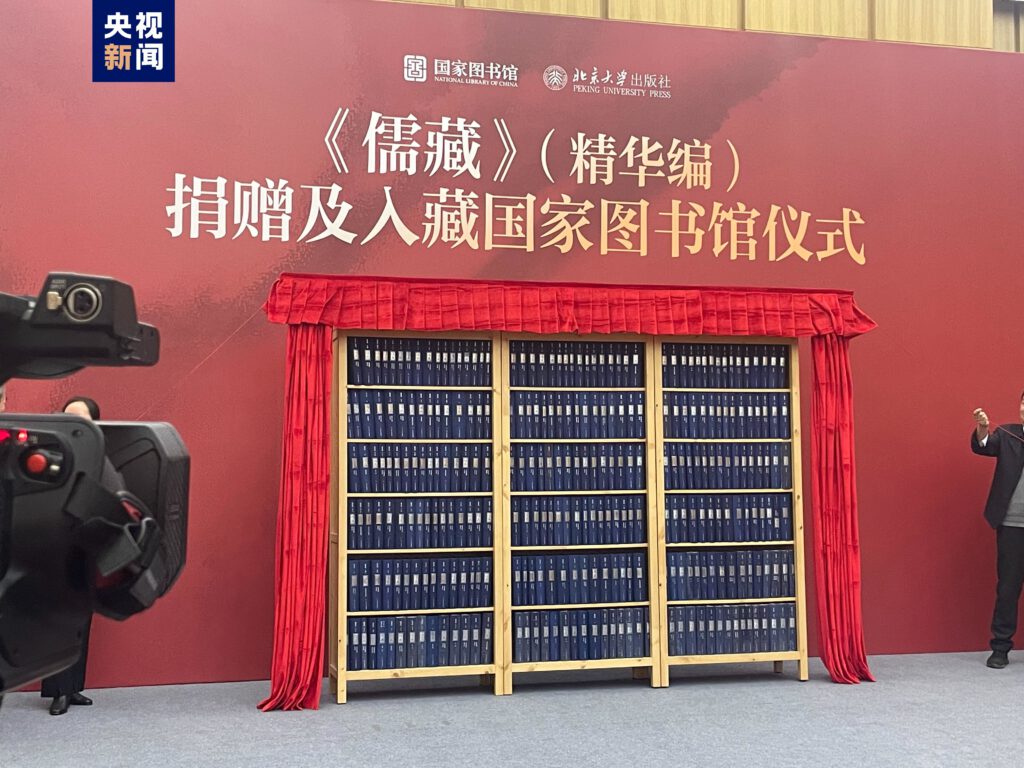
The project is a basic cultural construction project for systematically sorting out Confucian classics on the largest domestic and international scale since the founding of the RPC, and it is also the largest ancient book sorting project.
Relying on the profound cultural background and excellent academic tradition of Peking University, the project has united nearly 500 scholars from nearly 100 universities and academic institutions in China, Korea, Japan, and Vietnam, and is committed to the systematic collation and research of Confucian literature.
With modern academic vision and technical means, the Confucian classics and documents from above countries have been compiled into an independent document system that has undergone careful collation and standardized punctuation by adopting traditional Chinese typesetting and further digitization, providing scholars from all over the world with a set of Confucian literature versions that are reliable, easy to read, and easy to retrieve, benefiting the academic forest and nurturing the cultural vitality of the future world.
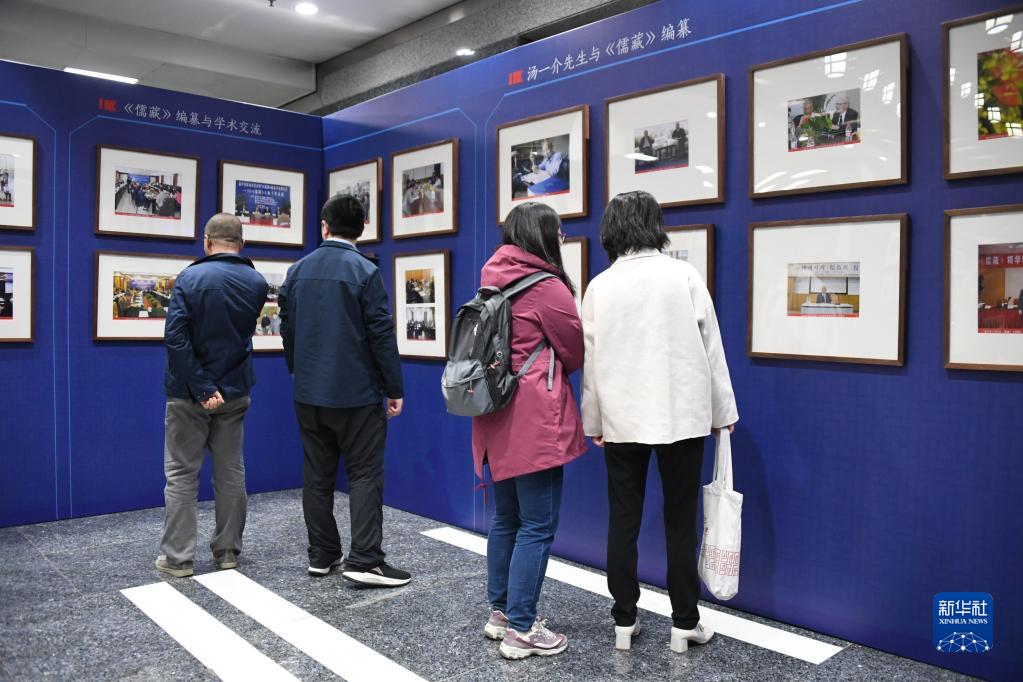
The innovation of the compilation style
For thousands of years, Chinese culture has been deeply infiltrated by Confucianism, Buddhism, and Taoism. Compiling a Confucian Canon, which collects Confucian literature from thousands of years since the pre-Qin period, has become the dream of scholars of all Chinese dynasties.
According to Shu Dagang, editor-in-chief of the project, the idea of this project was first advocated in the early years of Wanli (at least from 1563) in the Ming Dynasty, and was reiterated and practiced by scholars in the Ming and Qing dynasties, but finally failed due to various reasons.
“Whether we want to study history or serve reality, whether we want to discuss theory or practice, Confucianism is the first choice in ancient and modern academia, and it should be studied and promoted.” Shu Dagang said.
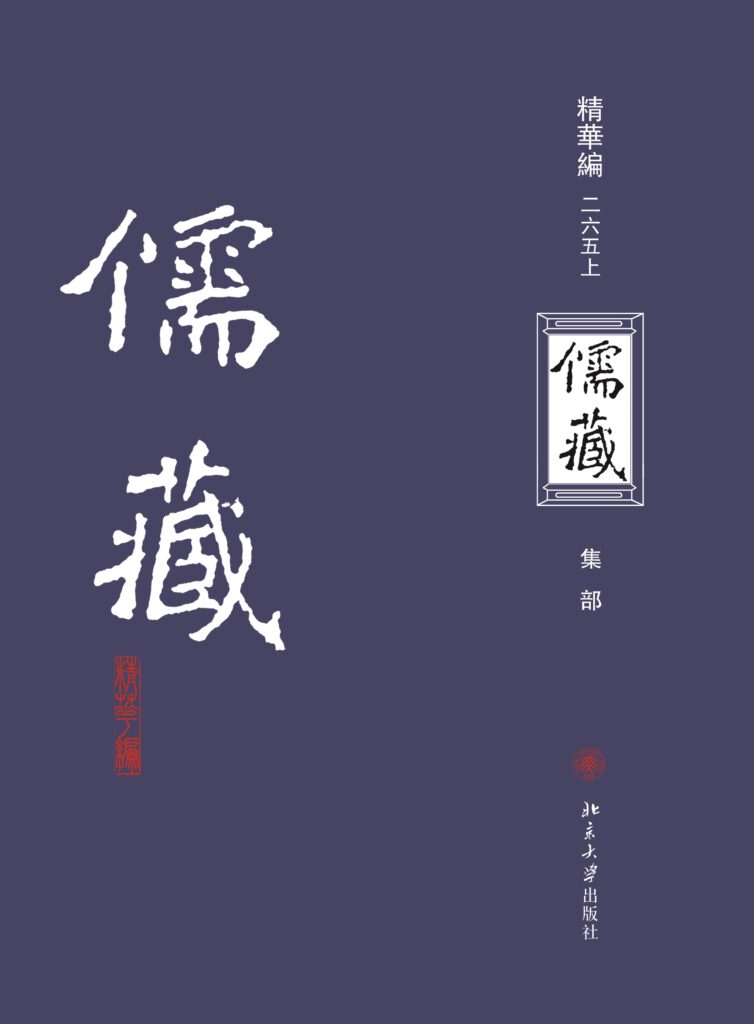
The Confucian Canon Project is a concentrated display of the achievements of Confucian classics, the study of A Hundred Schools of Thought, and history, involving politics, economy, military affairs, rites, music, literature, art, and other aspects.
How to rationally collect and present the vast Confucian literature? The project innovates the compilation style of the twenty-four categories of three volumes and adopts methods such as “photocopying plus punctuation” and “narrative plus summary”, which not only retains the original appearance of ancient books but also corrects the mistakes of the original version.
The three volumes are classics, history and philosophical work, which unifies various Confucian works and historical materials of Confucianism. Classics collects classic annotations, commentaries, and scriptures; History collects documents related to the history of Confucianism, such as figures, schools, systems, bibliographies, and school histories; Philosophical work collecting and elucidating the study of A Hundred Schools of Thought, Confucian ethics, political theory, and miscellaneous discussions.
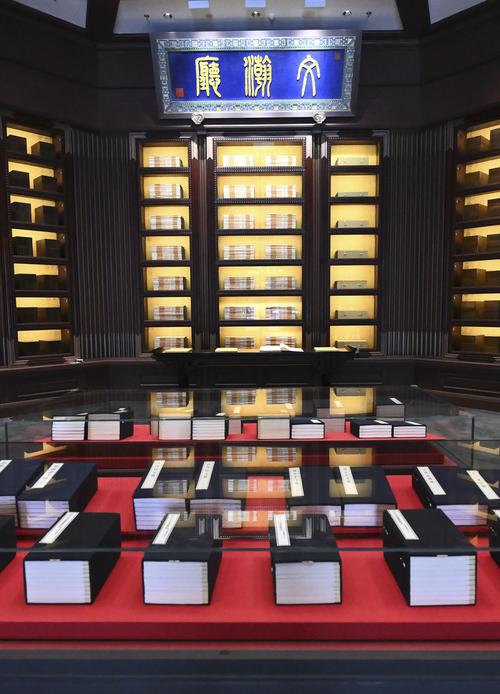
Under each part, according to the needs, the literature is divided into several categories to form twenty-four orders. Classics has eleven items including I Ching, Classic of History and the Book of Songs. History has eight items including Confucius and Mencius History, Study Cases of Past Dynasties and Biography of Scholars. Philosophical work has five items including Ethics, Politics and Miscellaneous Theories.
The project also pays special attention to academic debate and review of literature, adding a concise summary of the selected books, and giving a brief introduction to the author’s life, the origin of the writing, the circulation of the edition, and the outline of the content.
Before the three volumes and twenty-four categories, there are general preface, sub-preface and small-preface respectively, discussing the origin of Confucianism and the history of various kinds of literatures, providing readers with the necessary history of Confucianism, history of Confucian classics, basic knowledge of the history of Confucian literature and special classics.
The implementation of the project not only marks the first time that China’s more than 2,000 years of cultural traditions centered on Confucianism have been comprehensively organized, and that China has entered a brand-new era of returning to its roots and re-interpreting its traditions, but also marks a new awareness and understanding of the cultural traditions of East Asian people who have been deeply influenced by Confucianism. The work is bound to contribute positively to the promotion of cultural exchanges on a worldwide scale.
(Source: CCTV, Souhu, Peking University, Xinhua)



